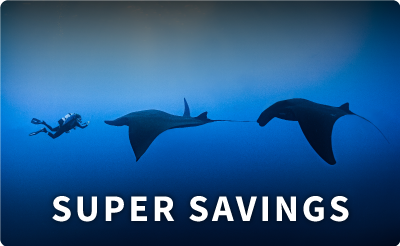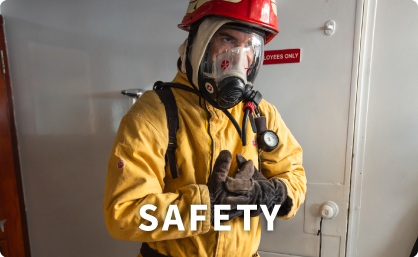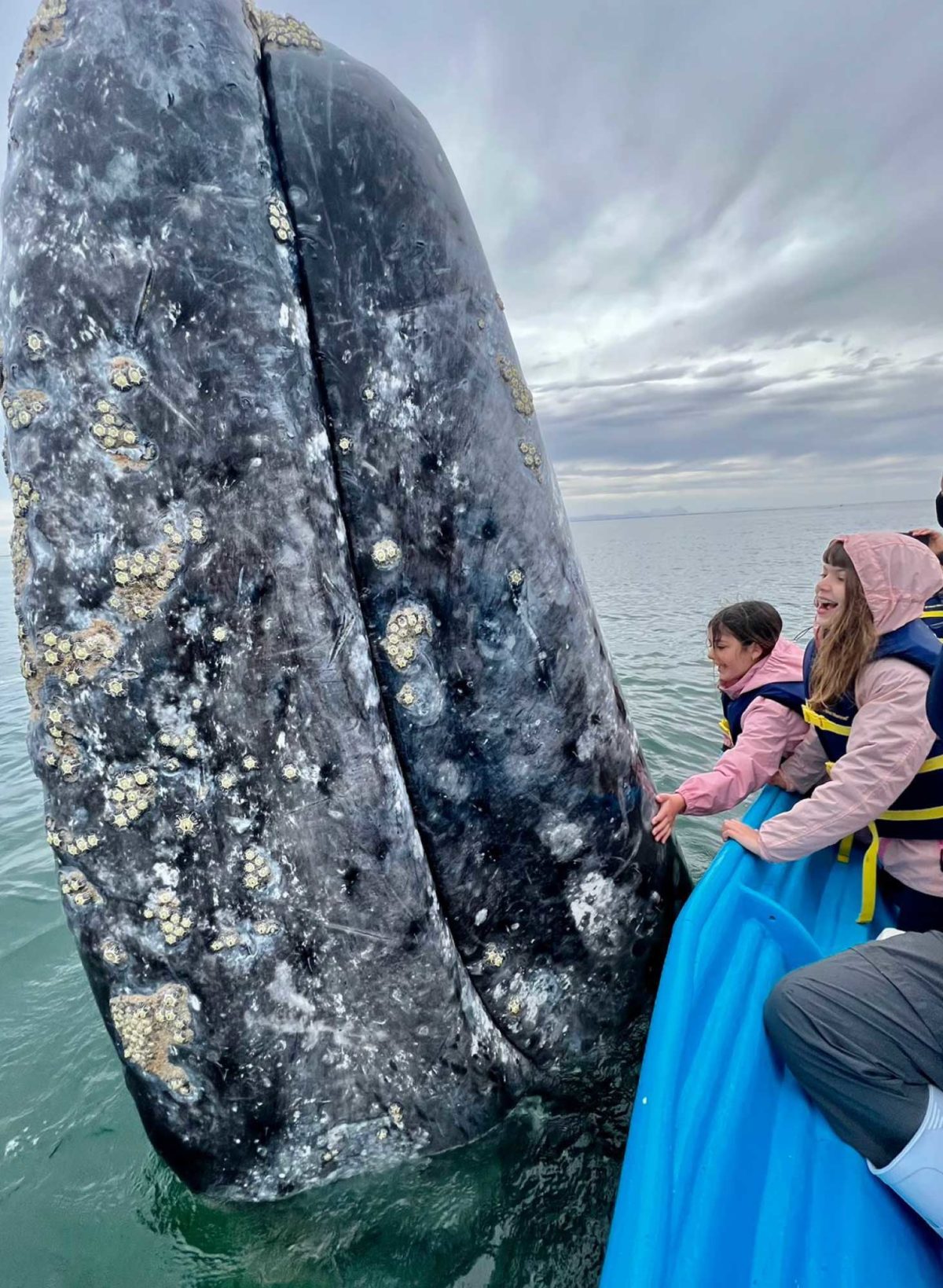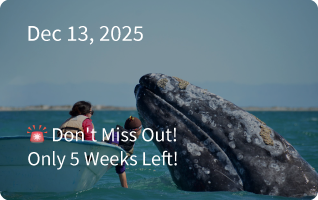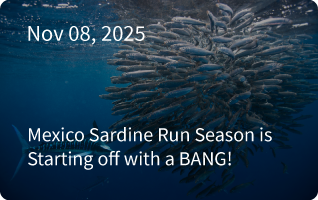The “unusual mortality event” is officially closed and over.
Looking in their eyes.
The eyes of a grey whale.
A huge 45-foot whale that swims over to be kissed and stroked.
You might be a seasoned traveller who has gone on safari in Africa or visited Antarctica, explored Alaska and Haida Gwaii, or experienced the Arctic. But in our humble opinion, a gray whale of San Ignacio lagoon seeking out interaction with us is an experience like no other.
Allie, our incredibly talented filmmaker captures it perfectly.
What’s new and incredibly encouraging with gray whales is that NOAA has declared that the increased stranding rate, which triggered the “Unusual Mortality Event” declaration, is over. Stranding rates have returned back to normal and expected levels. The prevalence of the heartbreakingly thin, emaciated whales that we were observing in the lagoon is no more. The event occurred between December 17, 2018 to November 9, 2023 with a total of 690 strandings – not mortality events but just strandings! – with 347 in the USA, 316 in Mexico and 27 in Canada.
The number of gray whales that migrated south along the pacific coast this winter rebounded sharply, up by 33% to numbers not seen in 4 years. Researchers estimate that 19,260 gray whales migrated compared to 14,530 whales the previous year. The count for 2022-23 was the lowest count since 1971-72.
Momma whales who are starving are clearly not set up for success. The number of calves born in 2022 was estimated at 217, down from 950 in 2018. NOAA researchers estimate that 412 gray whale calves swam north this last year, which is almost double. We are very hopeful that this positive trend continues, and that we reach the estimate of roughly 1500 gray whale calves counted in 2016.
While we worry and feel sick about killer whale predation, especially in places like Monterey Bay, as well as entanglement in fishnets and biotoxins, studies of dead whales support malnutrition as the most common cause of death. We have observed this firsthand during our Alaska expeditions, where animal populations were thrown out of balance because of shortages of food. Stellar sea lions were an example, with migration of the Aleutian population down into SE Alaska, where they battled fiercely with the local population for limited resources. The commercial fishing industry is only a shadow of what it used to be. NOAA investigators have concluded that pressure on local ecosystems in the northern Bering and Chukchi seas contributed to the poor nutritional conditions observed in live and stranded gray whales. Perhaps most hauntingly illustrated was when our hearts were broken watching an emaciated gray whale scraping through the barren mud on the bottom of San Ignacio Lagoon, desperately trying to find some nutrients. Any nutrients.
So, here’s some good news for a change:
Our beloved gray whales are doing very well,
They are no longer starving,
They are no longer dying off.
We can’t wait to visit with them again next year.
Stay safe
Captain Mike



